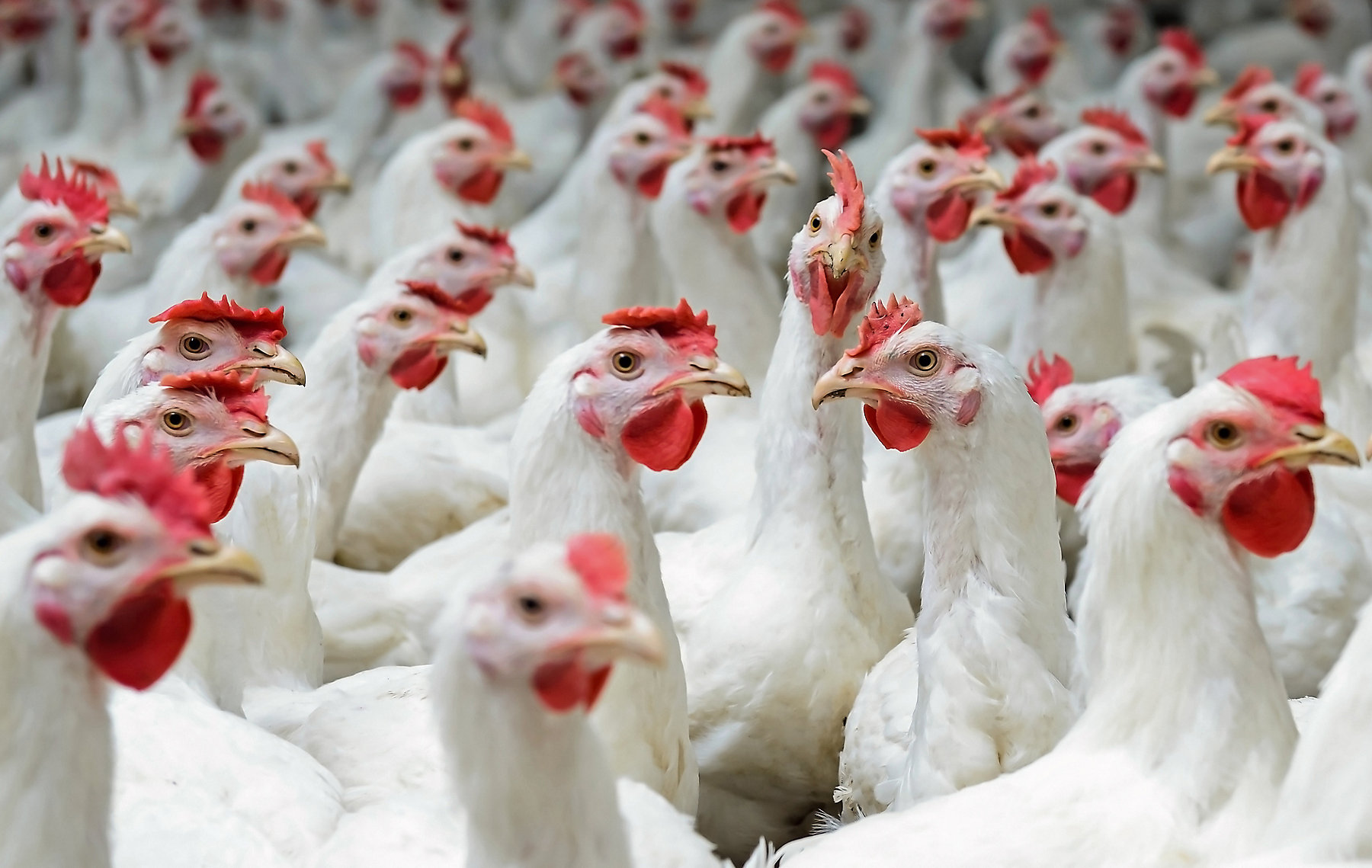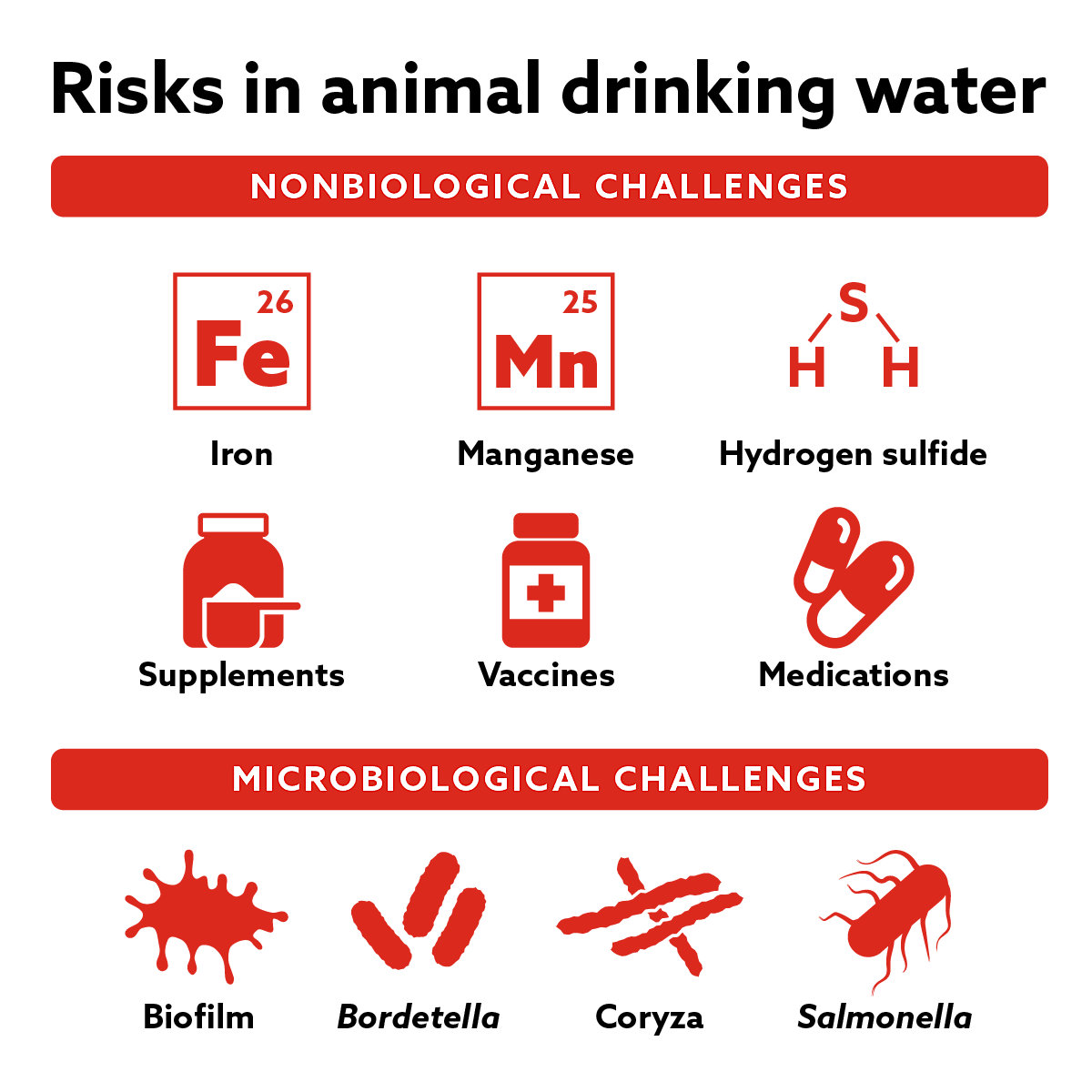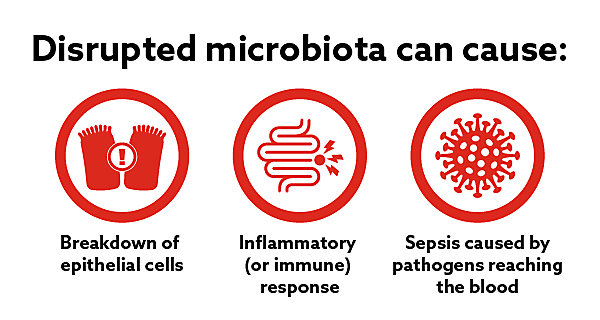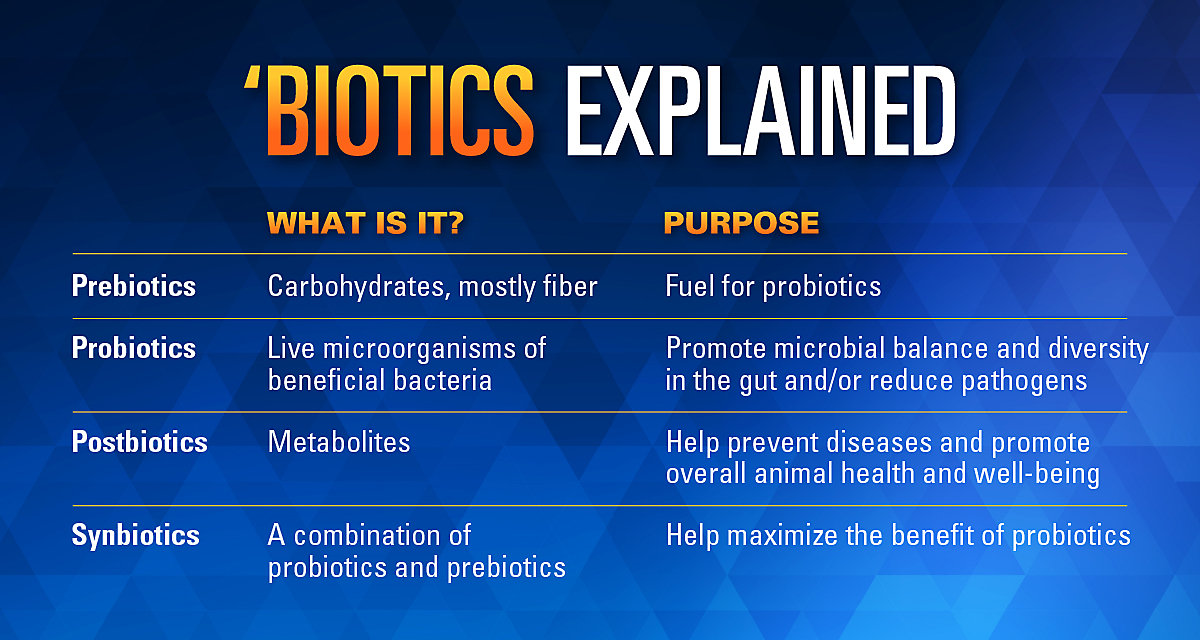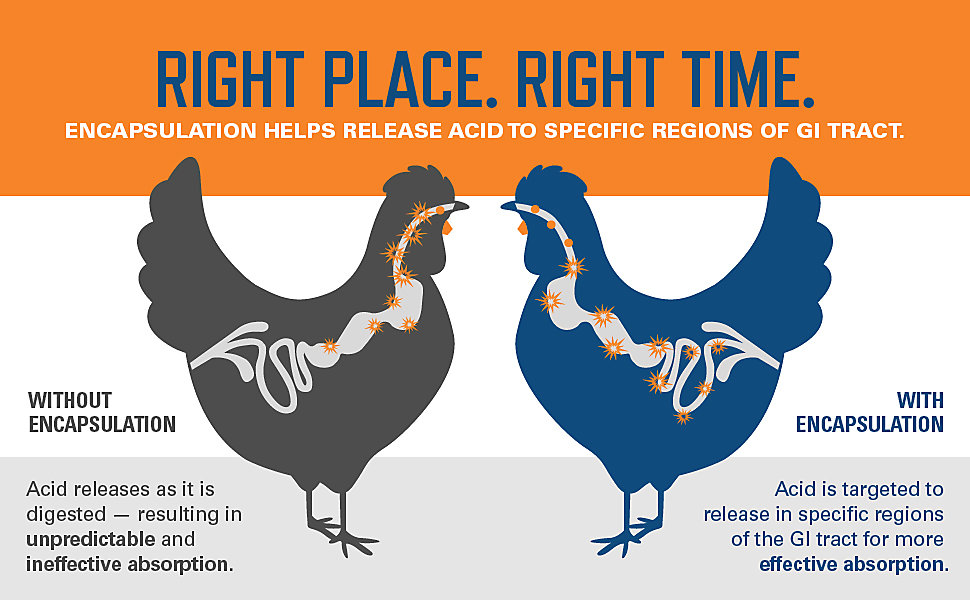Optimizing Animal Production: The Role of Gut Health in Animal Welfare and Sustainable Practices
In the realm of animal nutrition and production, a profound understanding of the relationship between gut health, animal welfare, and sustainable production is essential. This interconnection is central to advancing the livestock and poultry production industry in a manner that benefits not only animal health, performance, and wellbeing; but also environmental sustainability and industry-wide progress.


